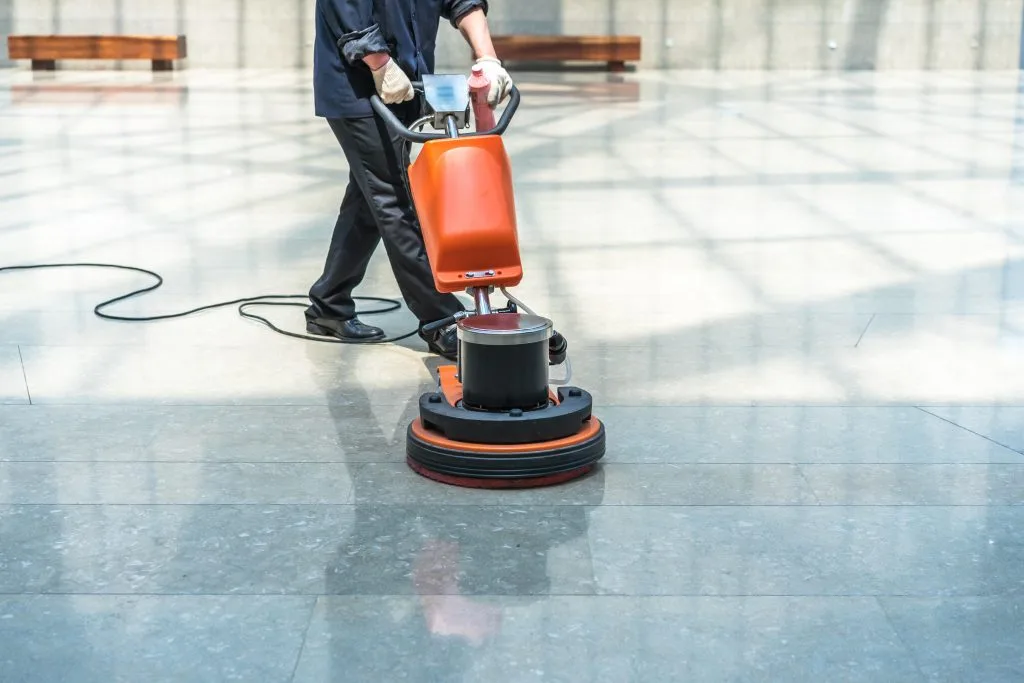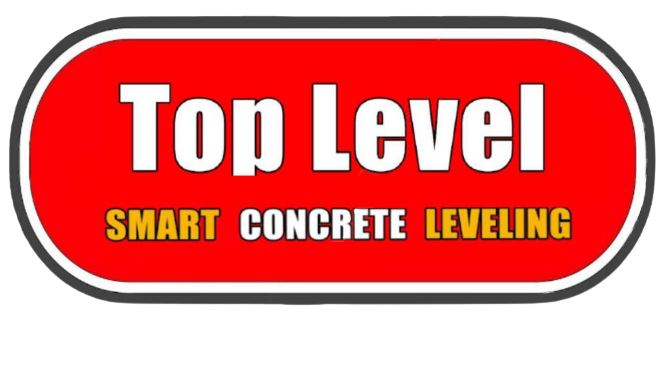Concrete Surface Problems and How to Avoid Them
Concrete surfaces are widely used in construction due to their durability and versatility. However, poor soil preparation, drainage problems, and other issues can cause significant damage to a concrete surface, leading to costly repairs or replacement. In this article, we will discuss some of the most common problems that affect surfaces and how to avoid them.

- Poor Soil Compaction
One of the most common problems that affect concrete surfaces is poor soil compaction. When soil is not compacted enough, it can settle over time, causing the concrete to shift and crack. To avoid this, it is crucial to ensure that the soil is properly compacted, watered, and tested several times before pouring the finished concrete on top of it.
- Substandard Craftsmanship
Another problem that can affect the quality of a surface is substandard craftsmanship. To achieve a solid surface, the right type of steel reinforcement and the right proportions of cement, sand, and aggregates must be used. Additionally, weather conditions must be appropriate, not too cold, to allow the concrete to cure normally. Using high-quality materials and skilled labor is essential for the long-term durability of a surface.
- Improper Ground Sloping
Improper ground sloping can also lead to surface problems. The ground surface adjacent to concrete surfaces, whether it be soil, gravel, or grass, should be sloped away to prevent water from accumulating along the edge between the two surfaces. If water is allowed to penetrate, it can cause sand washout, leading to cracks and damage.
- Water Drainage Problems
Proper drainage is another essential factor to consider when installing surfaces. The code for proper surface drainage is between 1/8”-1/4” per foot pitch. Without proper drainage, water will sit still, accumulate, and seep in between the joints, causing the sand to wash out. This can lead to significant structural problems and costly repairs.
- Winter Time Frost Heaving
In wintertime, frost heaving can cause significant damage to concrete surfaces. When water accumulates under the slab surface, it freezes and expands, pushing the concrete above it, which can result in cracks and breaks. Proper drainage and insulation can help prevent this from happening.
- Sudden Soil Washout
Sudden soil washout can also cause surface damage. During heavy rains, if water is not draining fast enough through drain channels, it can seep into the ground and wash out the sand. This can cause gravel to shift, creating a void underneath the concrete, and eventually causing it to break. Proper drainage and regular maintenance can help prevent this from happening.
- Tree Roots Growth
Tree roots are another natural cause of concrete surface damage. As trees grow, their roots expand and thicken, causing them to push soil and concrete above upwards. This can lead to surface breakage, and it is essential to avoid planting trees too close to surfaces.
- Underground Creatures
Finally, underground creatures such as chipmunks can also cause damage to concrete surfaces. These animals dig under concrete slabs seeking shelter and access between hideouts. These underground voids can cause surfaces to break for lack of support underneath. Regular inspections and maintenance can help detect and prevent this type of damage.
In conclusion, a properly installed and maintained surface can provide years of safe and functional use. By paying attention to soil preparation, drainage, ground sloping, and other factors, we can avoid costly repairs and ensure the long-term durability of concrete surfaces. Explore our wide range of top-level services.
